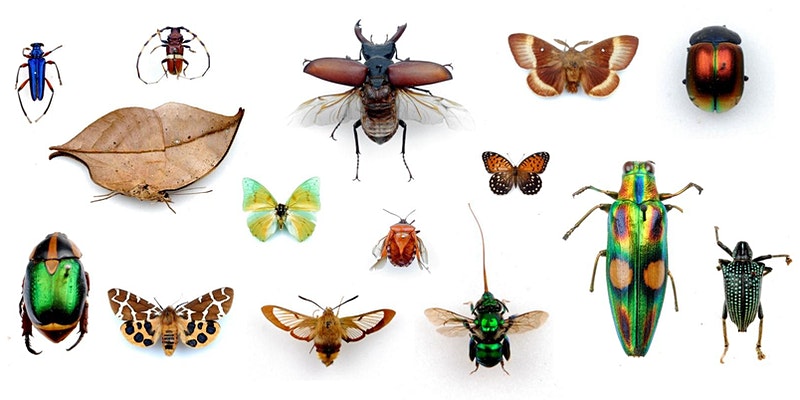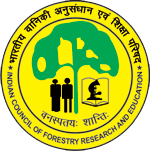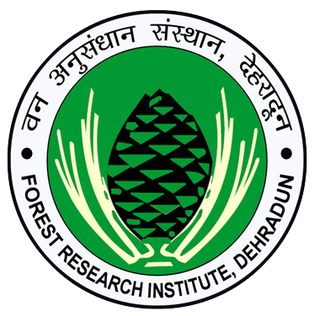The digitization of insect collections involves the process of creating digital records of physical insect specimens, including their taxonomic and geographic information, physical characteristics, and images. This process allows for the preservation of the specimens and their associated data in a digital format, making them accessible to researchers, educators, and the public worldwide.
The digitization process involves several steps, including cataloging, imaging, and data capture. Cataloging involves creating standardized labels for each specimen, including information such as its scientific name, collector, location, and date of collection. Imaging involves taking high-quality photographs of each specimen from multiple angles, which can be used to create detailed digital representations of the specimens. Data capture involves using specialized software to extract relevant data from the labels and images, creating a searchable database of all the specimens in the collection.
The benefits of digitizing insect collections are numerous. Digitization allows for easier access to specimens and their associated data, enabling researchers to study insect biodiversity and evolution, track changes in insect populations over time, and identify new species. Digitization also helps to protect physical specimens from damage and degradation, ensuring that they can be studied and enjoyed by future generations.
Overall, the digitization of insect collections is an important step in preserving our understanding of insect biodiversity and promoting scientific research and education.
The Bioinformatics Centre of Forest Research Institute upgraded the NFIC software which was developed in php/mysql technology and after required corrections/ modifications it is available in public domain for researchers, scientists and students via internet.

NFIC is the first forest insect collection in the country that has been completely digitized with taxonomic details, good quality pictures and passport data on PHP7 software platform. Specimen related information like collection location, date of collection, collector name, host records etc., have also been entered in the database duly supported with photographs of specimens. This precious collection forms a baseline data and regularly referred for different scientific studies such as taxonomic identification, diversity assessment and also insect distributional changes in wake of climate change. Some of the older preserved insect specimens are now not available at their earlier habitat or have become rare. The animal diversity is declining worldwide. As shown by different studies, it is estimated that 25 –50% of living species on this planet will become extinct within the next 25-30 years. In this context also the NFIC database has an important role to play. Web hosting of digitized data base will facilitate the identification of insect species by researchers and other stakeholders with remote virtual access. The digitized specimens would also be helpful in keeping pace and rechecking the changes in determining taxonomic identify on account of continuous scientific advancements. The collection is also useful in prioritizing insect diversity conservation and insect-pest management by comparing historic insect records. The historic record of invasive insect-pest species can be traced back and their location-wise prevalent natural insect enemies in the record would be helpful in strategizing biocontrol. The insect collection is an important resource for training and educating young insect taxonomists, researchers and students.


